Key Observatory (열쇠전망대)
13.4 Km 13020 2022-09-07
1375-1, Dongnae-ro, Yeoncheon-gun, Gyeonggi-do
+82-31-839-2147
Called to play the role of an important key for unification, Key Observatory was established on April 11, 1998 to commemorate the sorrow of homesickness and provide security education in the area. Military in the area can also keep watch over the north from this location. Visitors can see the DMZ fences and the Guard Point as well as exhibition hall where war items can be found.
Pocheon Sanjeonghosu Lake (포천 산정호수)
13.5 Km 86581 2024-03-06
108, Sanjeonghosu-ro 411beon-gil, Yeongbuk-myeon, Pocheon-si, Gyeonggi-do
+82-31-532-6135
Sanjeonghosu Lake is surrounded by the Myeongseongsan and Gwaneumsan Mountains. Its name refers to its location, like a well (jeong) deep within the mountains (san). The lake was originally built during the Japanese Occupation as a water source for agriculture. It is circled by a 3 km-long trail, and there is a silver grass habitat in the middle of a hiking trail leading to the summit of Myeongseongsan Mountain. Family-friendly facilities like snow sledding slopes and hot springs can also be found. Nearby tourist sites include the Hantangang River, Herb Island, Art Valley, and the Korea National Arboretum.
Bidulginangpokpo Falls-Hantangang River Geopark (비둘기낭폭포-한탄강 국가지질공원)
13.6 Km 303 2019-09-03
Daehoesan-ri, Pocheon-si, Gyeonggi-do
+82-31-538-2312
Bidulginangpokpo Falls, Natural Monument No. 537, is located within a small valley. The waterfall is surrounded by grand columnar joints. The landscape appears quite mysterious and serene, earning it a spot as a poplar filming site for historical dramas. The falls gets it's name ("Pigeon Falls" in Korean) from the story of many wild pigeons nesting in the caves around the waterfall. Other say the name comes from the area's shape. During heavy rainfall, the road to the waterfall is closed, so checking the weather before visiting is recommended.
Sintan-ri Station (신탄리역)
13.6 Km 382 2021-08-18
4, Godaesan-gil, Yeoncheon-gun, Gyeonggi-do
+82-1544-7788
Sintan-ri Station, located on the Gyeongwon Line between Daegwang-ri and Baengmagoji Stations, opened on July 10, 1913. It was part of North Korean land after 1945, but was returned to South Korea in 1951. A sign labeling the station as the final station on the line was installed in 1971. With the opening of Baengmagoji Station on November 20, 2012, the station lost its title as the last station. However, many people still consider it as such, with many visitors coming to see the old sign.
Hanwha Resort Sanjeong Lake (한화리조트 산정호수)
13.7 Km 15508 2021-06-14
402, Sanjeonghosu-ro, Pocheon-si, Gyeonggi-do
+82-31-534-5500
Hanwha Resort Sanjeong Lake is located in a natural environment befitting its name sanjeonghosu, which refers to a lake as clear as a well in the mountains. As a result, the resort is adored by guests all year round.
In spring and fall, visitors can see the vast trees and silver grass of Myeongseongsan Mountain. In summer, guests can enjoy rafting in the Hantangang River and in winter, ice sledding. The resort underwent remodeling in 2013, keeping it up to date and pleasant.
Hanwha Resort Sanjeonghosu Annecy Hot Spring (한화리조트 산정호수 안시 온천사우나)
13.7 Km 56501 2024-02-08
402 Sanjeonghosu-ro, Yeongbuk-myeon, Pocheon-si, Gyeonggi-do
Hanwha Resort Sanjeonghosu Annecy Hot Springs is a spa that utilizes natural hot spring water drawn from 700 meters below ground. Its hot spring water, composed of alkaline sodium bicarbonate, is gentle on the skin and known for its benefits in fatigue recovery and skin beautification. The sauna facility is divided into indoor and outdoor sections. Indoors, various types of saunas and hot baths are available. Outdoors, there is an open-air bath and an outdoor jacuzzi, providing the opportunity to enjoy the hot spring in a natural setting.
Cheorwon Peace Observatory (철원평화전망대)
13.9 Km 29724 2022-10-25
588-14, Junggang-ri, Cheorwon-gun, Gangwon-do
+82-33-450-5558
Cheorwon Peace Observatory offers a panoramic view of the DMZ (Demilitarized Zone separating North and South Korea) in the central forward area of Cheorwon-gun, Gangwon-do. From this observatory, one can see the Cheorwon plain, areas of the DMZ, and even North Korea. Photos of the 2nd Tunnel, military barracks, checkpoints, and the DMZ are exhibited here. Visitors can easily get to the observatory using the 50-person monorail, see the remains of the ancient Taebongguk (nation), and even see the faces of North Korean soldiers through binoculars.
Cheorwon Plain (Migratory Bird Habitat) (철원평야(철새도래지))
14.2 Km 12708 2021-11-29
Cheorwon-eup, Cheorwon-gun, Gangwon-do
+82-33-450-5558
After the fall harvest season, the fields of Cheorwon Plain are littered with fallen grains, providing an abundant source of food for migratory birds. Moreover, the well-preserved ecosystem of the Demilitarized Zone provides clean water and a healthy habitat, making the Cheorwon area a paradise for migratory birds.
Cranes stalking around the fields and birds taking off en masse from the reservoir make bird watchers exclaim in awe. In Cheorwon, which boasts the biggest white-fronted goose population in Korea, visitors can see observe 110 species of birds, some of which are protected as national treasures. Examples include red-crowned cranes, vultures, white-tailed sea eagles, and golden eagles as well as mallards and spot-billed ducks, which migrate to Korea for the winter.
Memorial Tower of Baengmagoji Battlefield and Memorial Museum (백마고지 위령비와 기념관)
14.3 Km 25836 2020-05-27
72, Daema 1-gil, Cheorwon-gun, Gangwon-do
+82-33-450-5559
Located in the northern area of South Korea, Baengmagoji Battlefield was one of the bloodiest battlefields during the Korean War. The communist Chinese army launched a major offensive attack for 10 days on October 6, 1952 during the Battle of Baengmagoji, which can be translated into the Battle of White Horse Highlands. Due to this battle, the communist Chinese army suffered around 14,000 casualties and the army completely collapsed while the 9th Infantry Division won the Battle of Baengmagoji and got the nickname “White Horse.”
After the battle, the area gave off a bad smell because of the dead bodies. The mountain area lost its original shape due to the severe battle and as a result the area was named “Baengmagoji” as it was said to resemble a white horse (baengma) lying down.
Daemyeong Tourist Hotel (대명관광호텔)
14.4 Km 24023 2024-03-20
15 Wasu-ro 181beon-gil, Seo-myeon, Cheorwon-gun, Gangwon-do
Located in Cheorwon, Daemyeong Hotel offers various accommodations, including standard rooms, special rooms, and suites. Each room is equipped with air conditioning, internet access, a refrigerator, toiletries, and a hair dryer. Guests can enjoy free Wi-Fi and Netflix services in their rooms. Additionally, the hotel features a café, a pub, and an internet café for leisure and entertainment. Nearby is the Seungni Observatory, a notable DMZ peace tour site, adding a unique aspect to the stay.
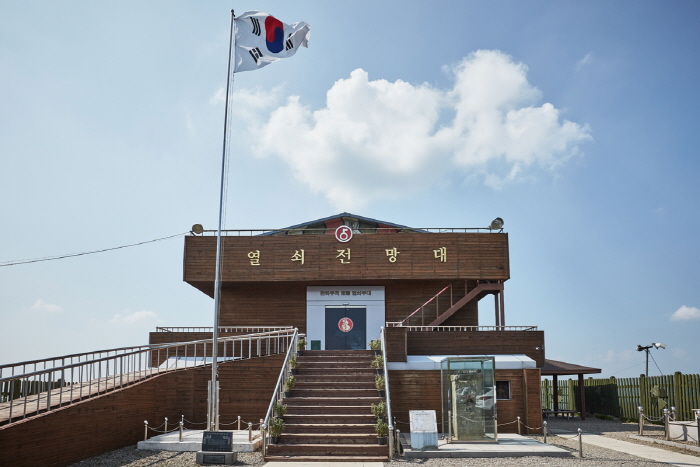
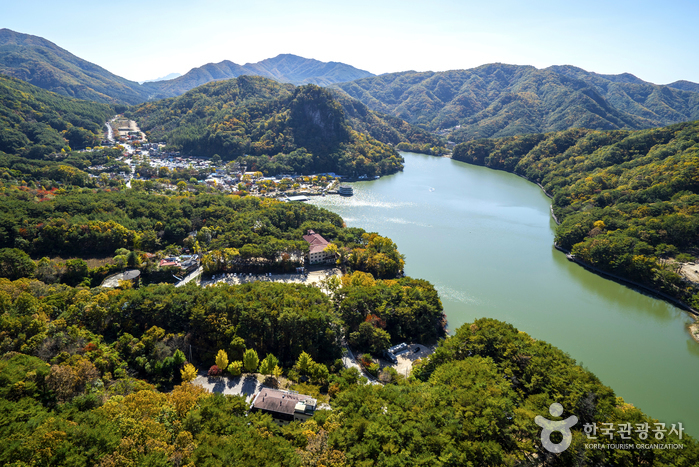
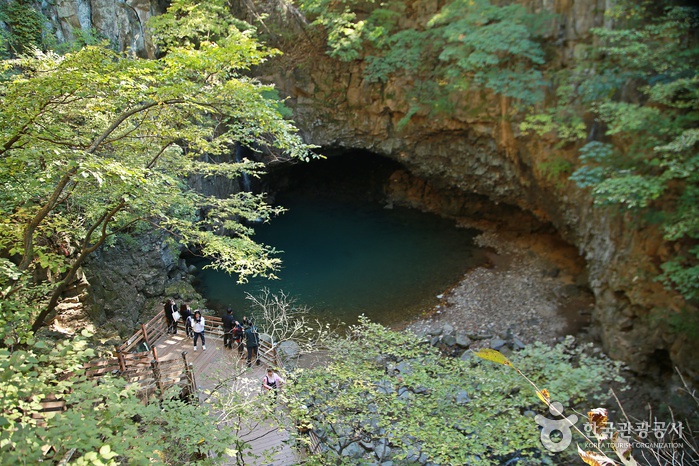
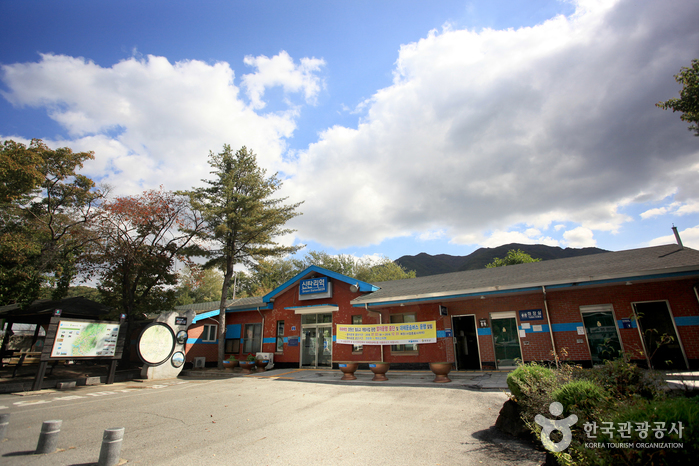
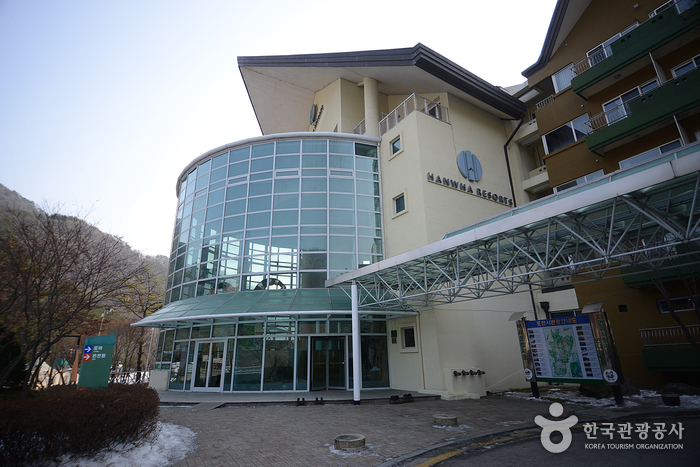
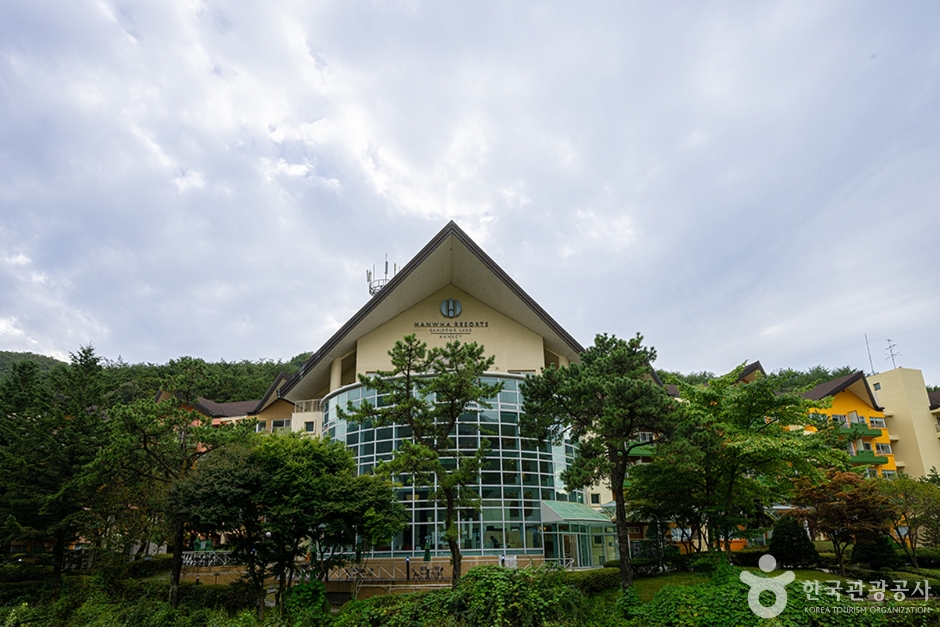
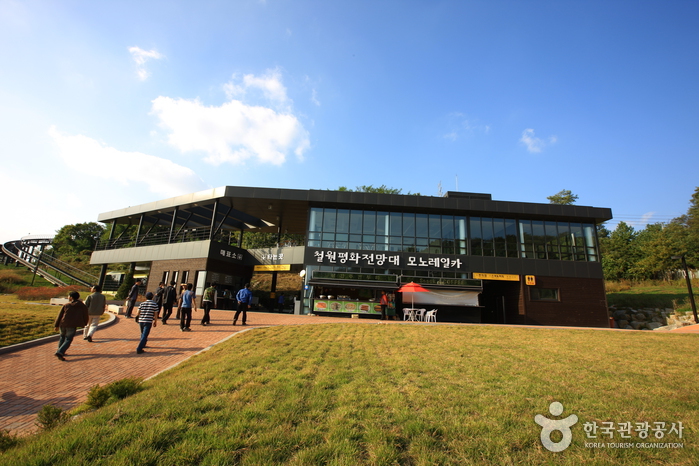

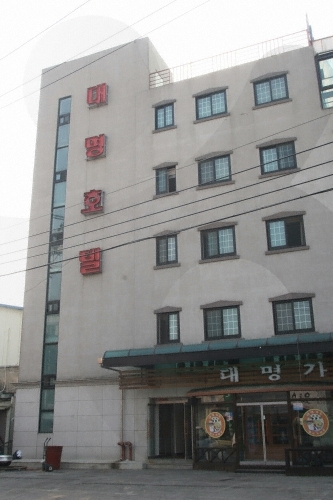
 English
English
 한국어
한국어 日本語
日本語 中文(简体)
中文(简体) Deutsch
Deutsch Français
Français Español
Español Русский
Русский